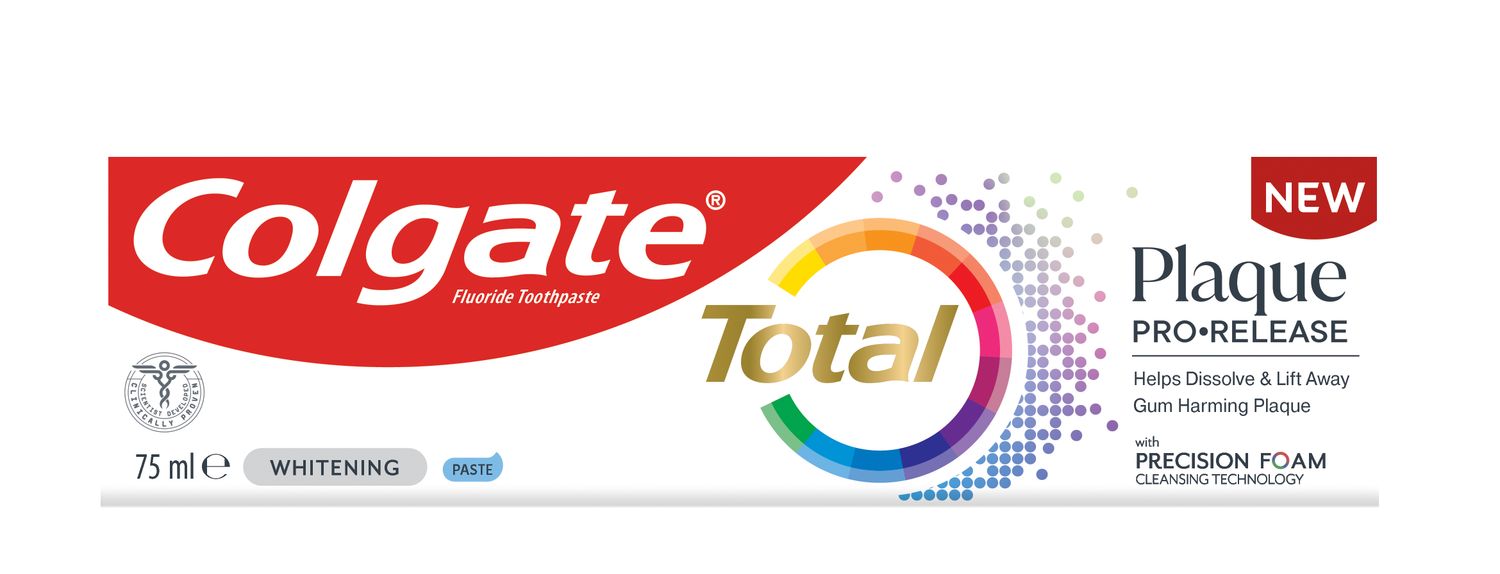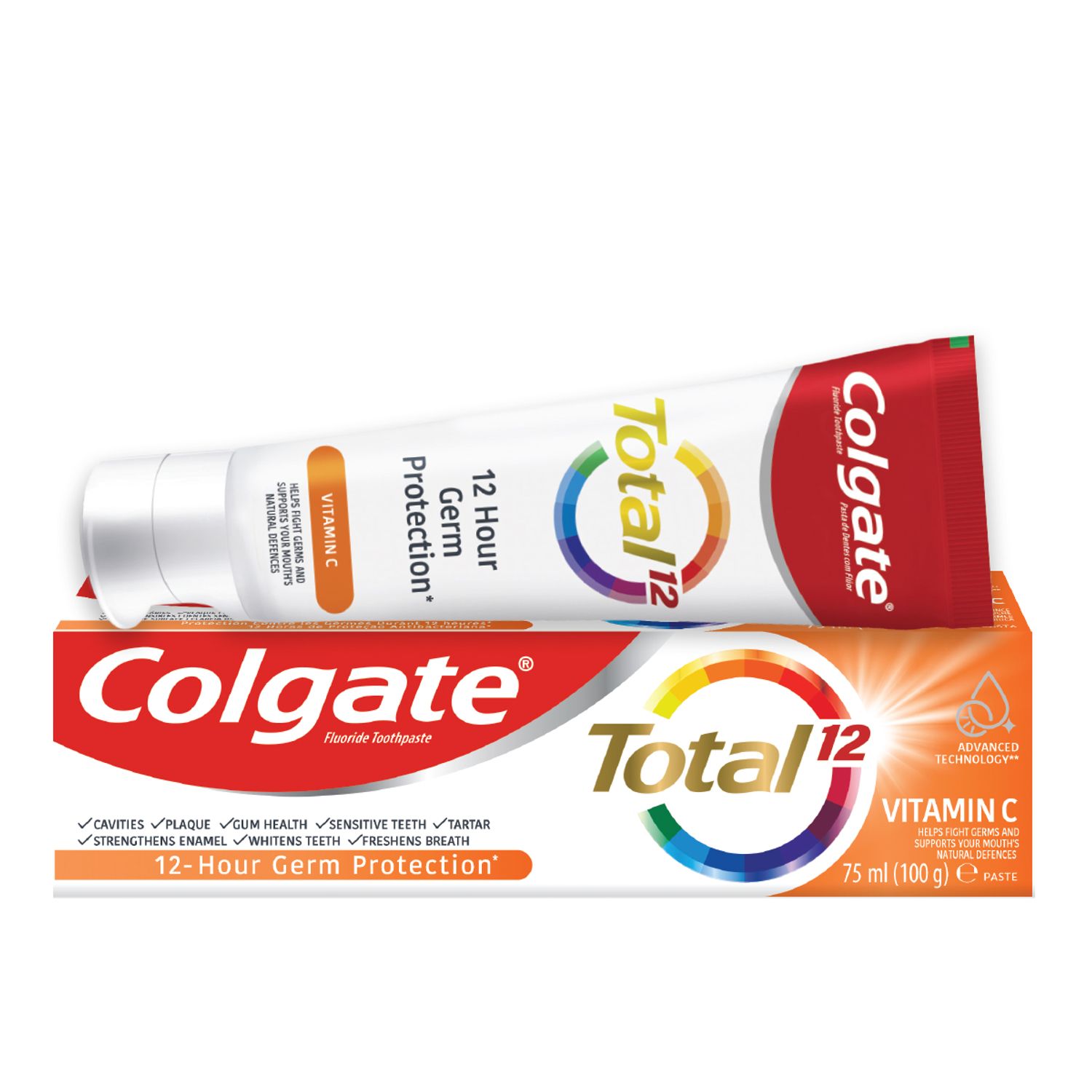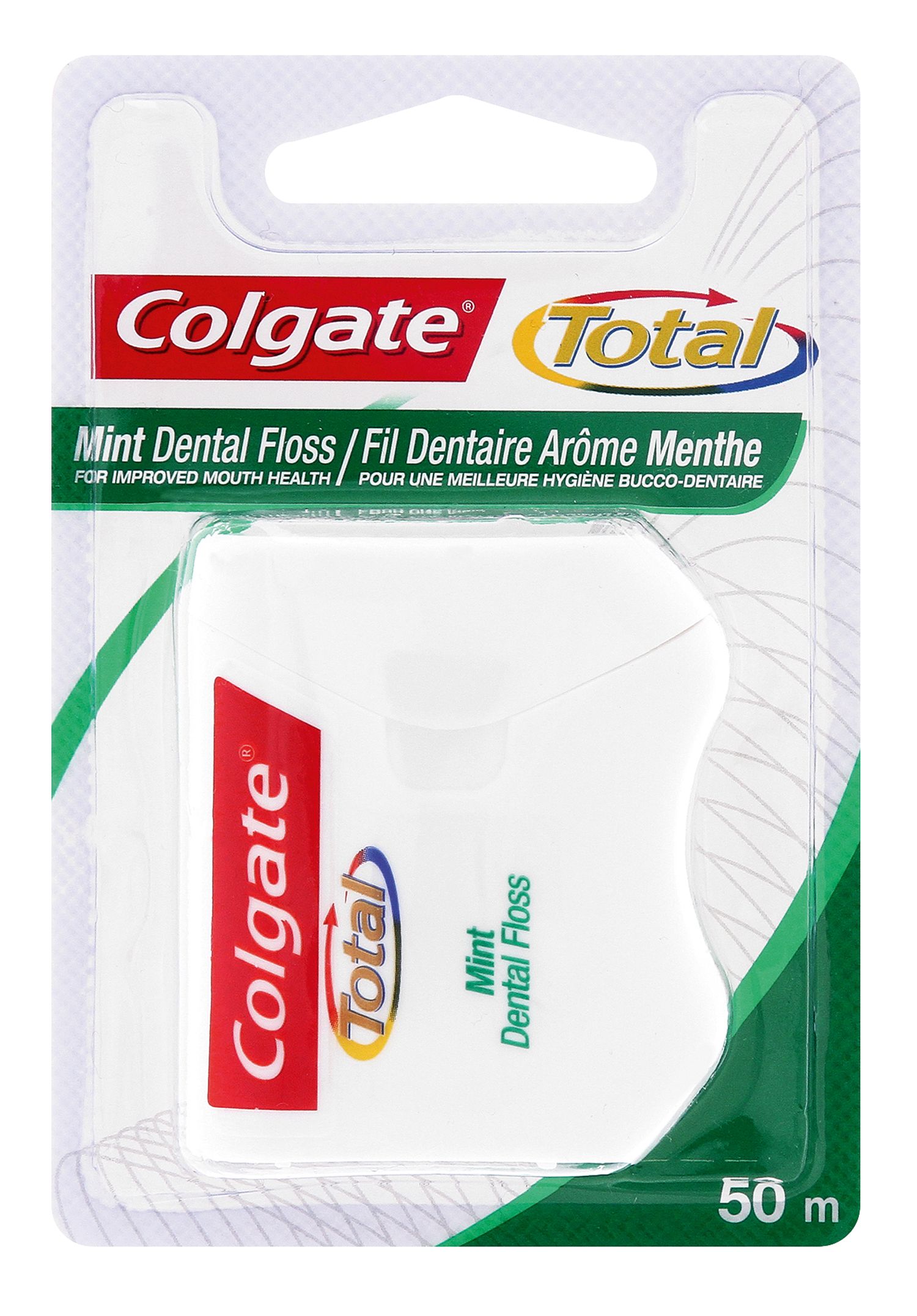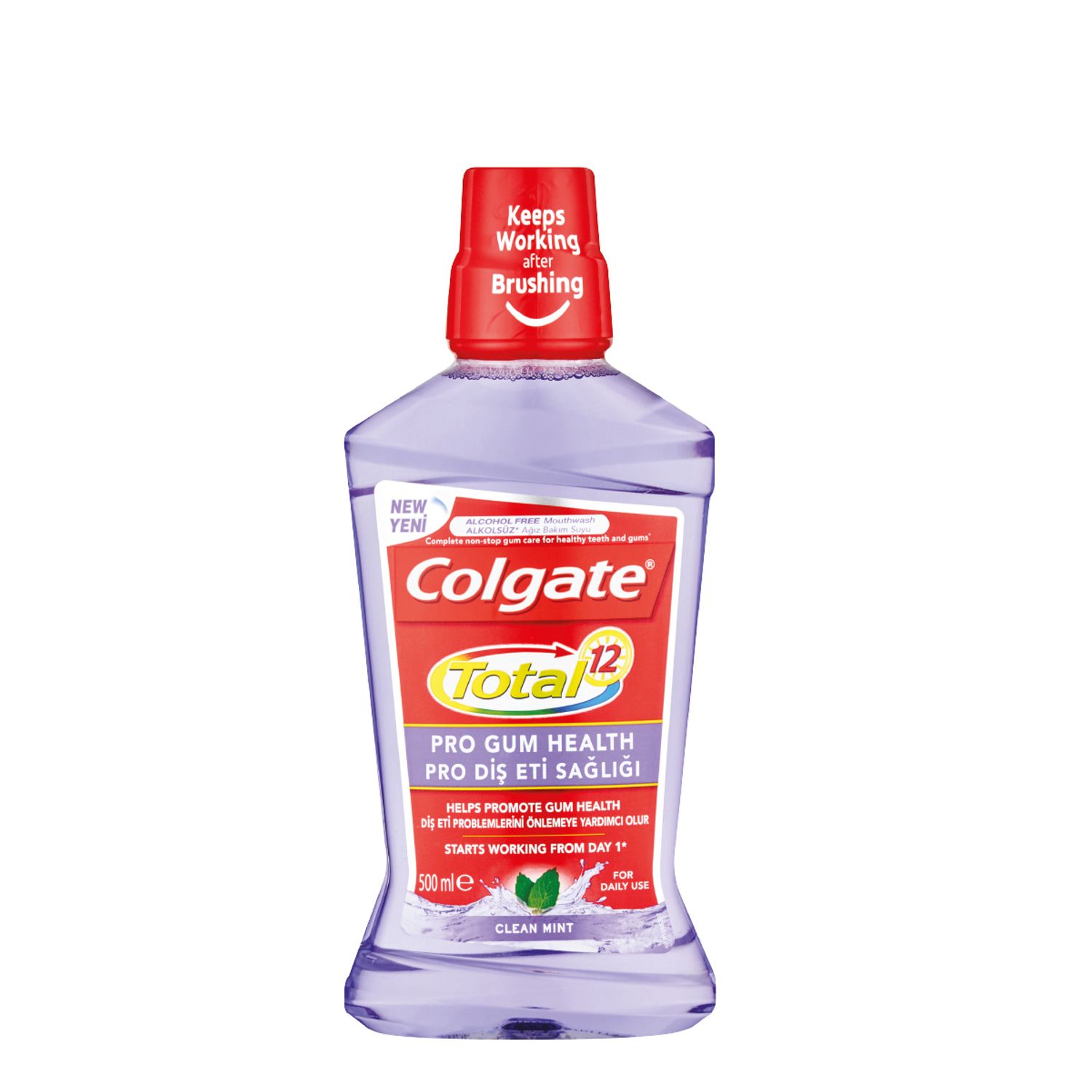-
-

CAVITIES
Can You Heal A Cavity At Home?You feel a sharp pain when you bite down or try to eat. You think it's a cavity, but you're not 100 percent sure...

BAD BREATH
How To Cure Bad BreathMore commonly known as bad breath, halitosis is an embarrassing hygiene issue that nobody wants, but some of us get every now and then...
-
Science & Innovation
- Colgate® | Toothpaste, Toothbrushes & Oral Care Resources
- Oral Health
- What Is Hyperdontia?


Have you ever met someone with a smile full of what appeared to be too many teeth? This oral health condition is defined as hyperdontia, which can mean a person has one or a dozen more teeth than the usual amount of 32 permanent teeth.
How Many Teeth Is Too Many?
It is normal to have 20 primary teeth and 32 adult teeth. The cause of supernumerary teeth (or teeth that appear in addition to the regular number) is unknown, but certain conditions and genetic factors can increase the likelihood of this condition. According to the European Journal of Dentistry, men are slightly more likely than women to have an overgrowth of teeth. The people with the highest rates of hyperdontia are those who also live with a rare condition, such as Ehlers-Danlos syndrome or Gardner's syndrome, or a genetic variation, such as Down syndrome. Children born with a cleft lip or palate may also have supernumerary teeth.
Most cases are mild and usually involve only one or two extra teeth. In more severe cases, a patient may have crowded teeth, or permanent teeth that become displaced as they try to emerge, or fail to emerge at all. Tooth overgrowth can also cause facial deformities or speech impediments.
Risks of Hyperdontia
Most of the time, patients are unaware of a supernumerary tooth or two until they have an oral exam or X-ray. Hyperdontia can sometimes be painful or hinder chewing if it involves multiple extra teeth. According to RDH Magazine, tooth overgrowth can also lead to other oral health issues, such as:
- Impaction, when a tooth doesn't emerge properly and can put pressure on the teeth around it
- Malocclusion, or bite problems
- Primary teeth blocked from emerging properly
- Cysts and tumors
- An increased risk of gum problems, periodontal problems and cavities due to difficulty cleaning crowded teeth
Treatment of Supernumerary Teeth
Treatment varies from person to person. It can include taking a "wait-and-see" approach, tooth extraction, and orthodontic treatment. Since hyperdontia seems to occur predominantly around the permanent anterior incisors of the maxillary arch (next to your top front teeth), it can be an orthodontic and cosmetic concern. It is always best to consult your dental health professional about the proper treatment for you.
Regardless of how many teeth you have, getting regular check-ups and maintaining good oral hygiene can help keep your teeth healthy. Brush twice a day and ask your dentist for flossing tips if you have any teeth that are overcrowded or difficult to clean.
Related Products

Helping dental professionals
More professionals across the world trust Colgate. Find resources, products, and information to give your patients a healthier future











